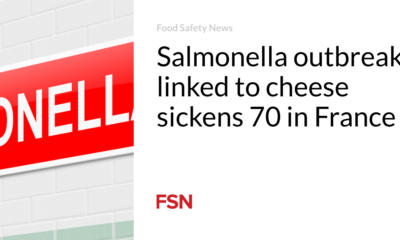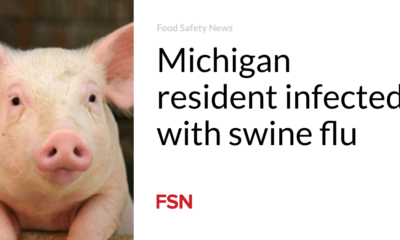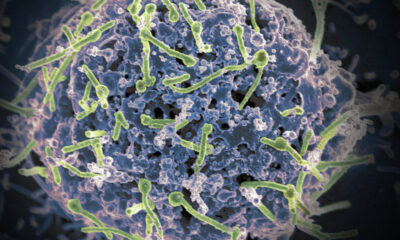Health
Flu shots for farmworkers latest CDC initiative on bird flu outbreak

TThe Centers for Disease Control and Prevention announced Tuesday that it is funding a $5 million program to vaccinate livestock workers against seasonal flu in an effort to reduce the pandemic risk posed by the ongoing outbreak of H5N1 avian flu in cattle .
The voluntary program, which will be administered by state and local public health workers, aims to get seasonal flu shots to as many people as possible who work around animals — poultry, cows or other livestock — that could be infected with H5N1. Nirav Shah, the CDC’s principal deputy director, said there are an estimated 200,000 people officially working in the sector nationwide, although he acknowledged that number does not include all the people who work with these animals.
H5N1 could evolve into a pandemic flu strain in two ways: by gradually acquiring mutations that allow it to easily infect and spread among humans, or by exchanging genetic material with other flu viruses, such as H3N2 or H1N1, the influenza A. viruses that circulate and cause illness during flu season. This gene exchange, a process called reassortment, can occur when an animal or person is infected with two or more influenza A viruses at the same time.
The rationale for the CDC program is to reduce the risk that farm workers will become infected with human influenza strains during the upcoming flu season and, if they go to work sick, transmit human influenza viruses to cows or other mammals already infected with H5N1, or on its own. becomes infected with the bird flu virus.
“In theory, reassortment could lead to a new influenza virus that could pose a significant public health problem. A virus that has the transmissibility of seasonal flu and the severity of H5N1,” Shah, the CDC deputy director, said during a news conference with the CDC and U.S. Department of Agriculture officials. “We want to do everything we can to reduce the risk of the virus changing due to co-infection and reassortment.”
But for now, “everything” stops offering the H5N1 vaccine to those same workers from the US National Pre-pandemic Influenza Vaccine Stockpile. Finland is vaccinating workers on mink farms against H5N1, which has caused outbreaks in these animals. But at this point the US government has said it sees no value in following suit.
“Given the low rates of [human H5N1] infection in general, the mild symptoms, the lack of person-to-person [transmission], I don’t think the question is: why not? I guess the question is: why do it?” Shah said.
Shah said there are ongoing discussions among U.S. officials about whether to offer the H5N1 vaccine to farmworkers, but “right now the seasonal flu shot is the right tool for the job.”
The CDC will spend up to $2 million on the flu shots, while the remaining $3 million will fund on-the-ground efforts to get the vaccine to farmworkers, Shah said. The rollout will look different from location to location, he noted, and could involve bringing vaccine doses to farms or setting up vaccination booths at public events attended by farmworkers.
Since the outbreak of bird flu in cows was first recognized at the end of March, 13 workers have been diagnosed with H5N1. So far, all cases have been mild. In four of the cases, farm workers were infected while working with dairy cattle; the remaining nine were people who became infected while culling chickens when the virus spread from cows to two large poultry farms in Colorado.
Since the outbreak was first recognized, the USDA has confirmed infections in 172 herds in 13 states.
Eric Deeble, USDA’s point person for H5N1 in dairy cows, said the department continues to believe the outbreak can be controlled. “Given that we have seen a real increase in awareness among producers and an increase in biosecurity, we believe we can stop the spread of this disease and ultimately eradicate it from dairy cattle on farms,” he said.
Another USDA official, Michael Pruitt, indicated that the department has been continuously studying viruses since the outbreak and sees no evidence that the virus has evolved in cows, calling it “very stable so far.”













